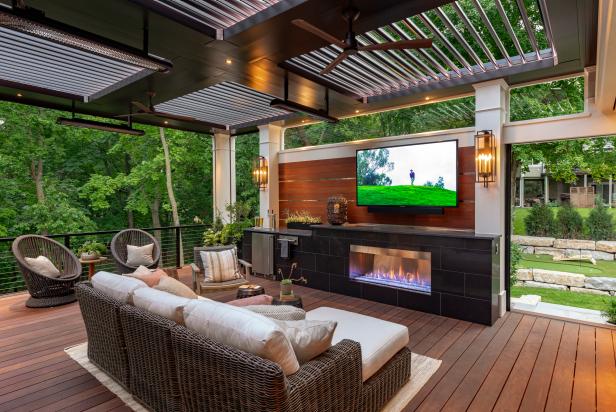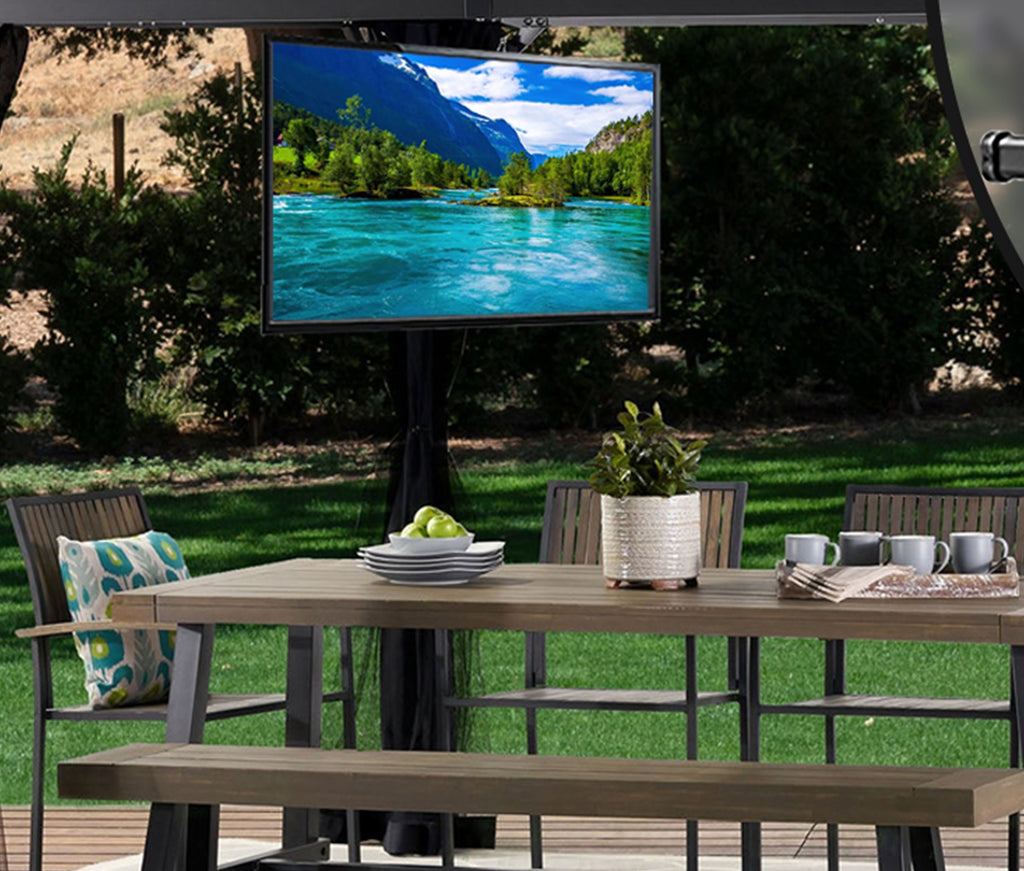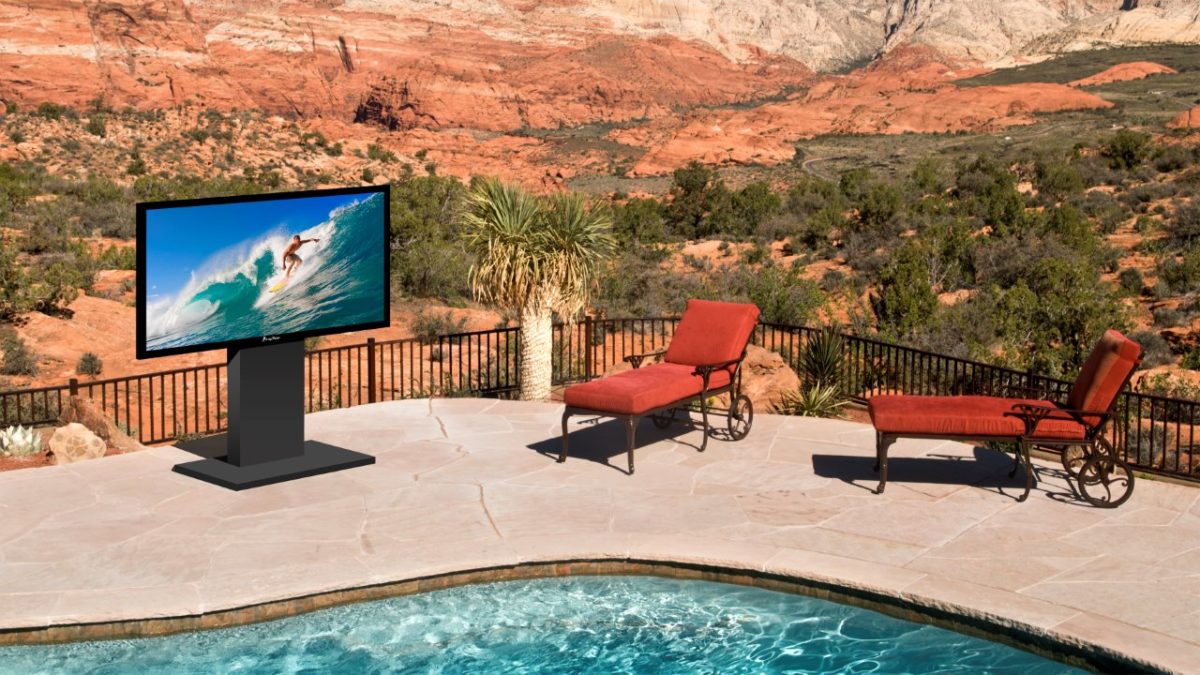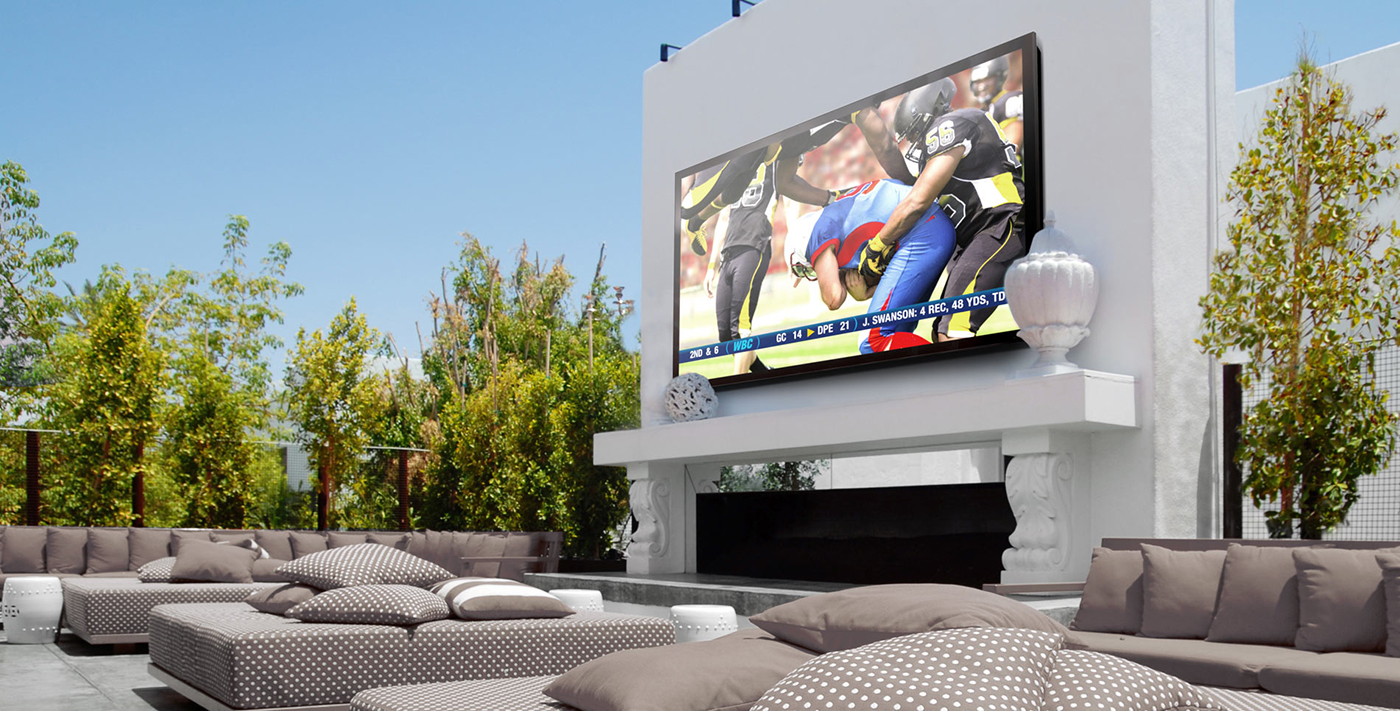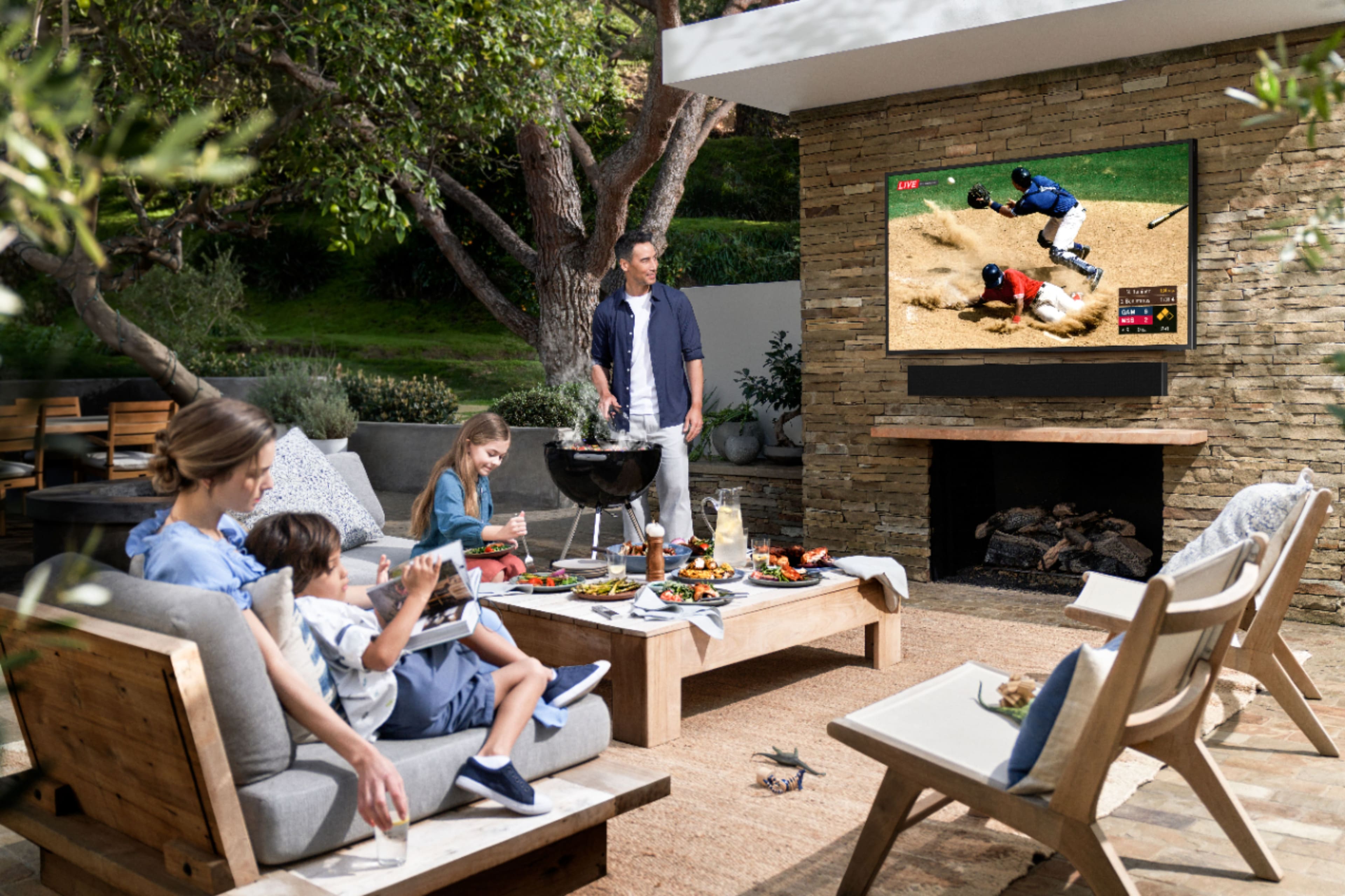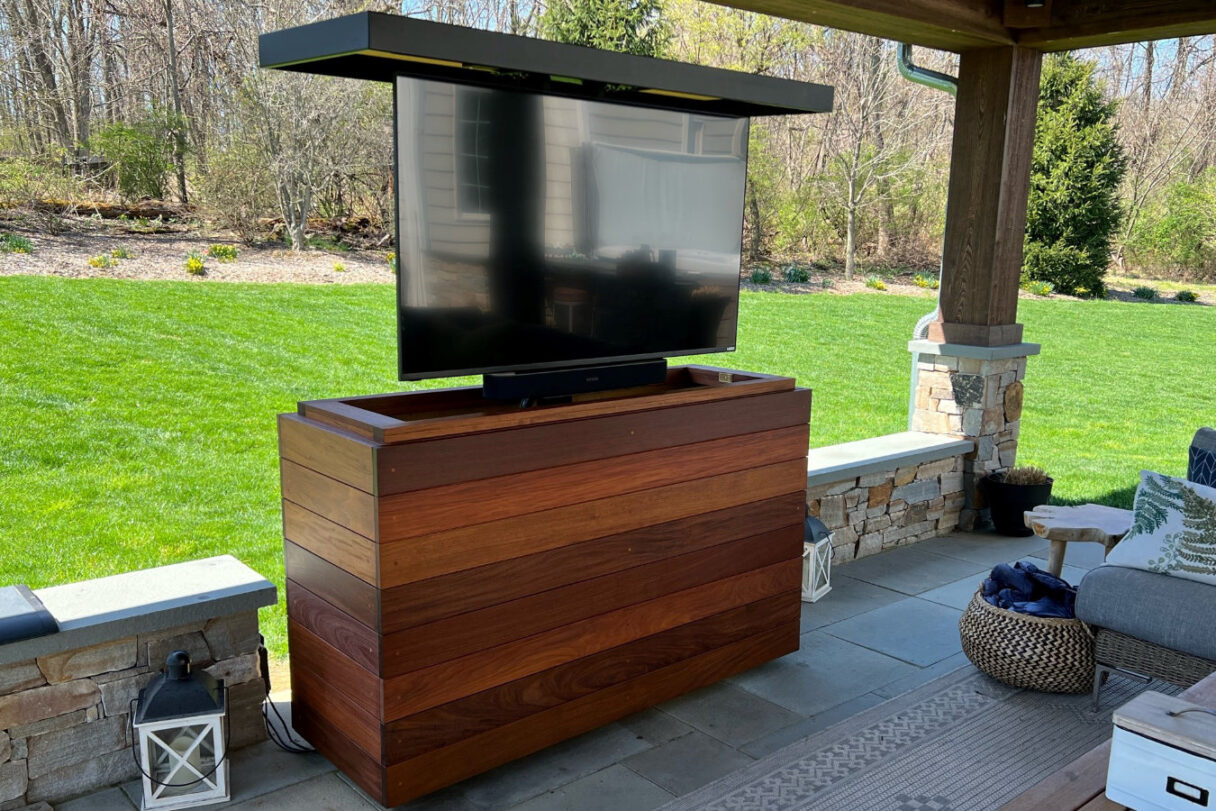Best Non Outdoor Tv For Outdoors
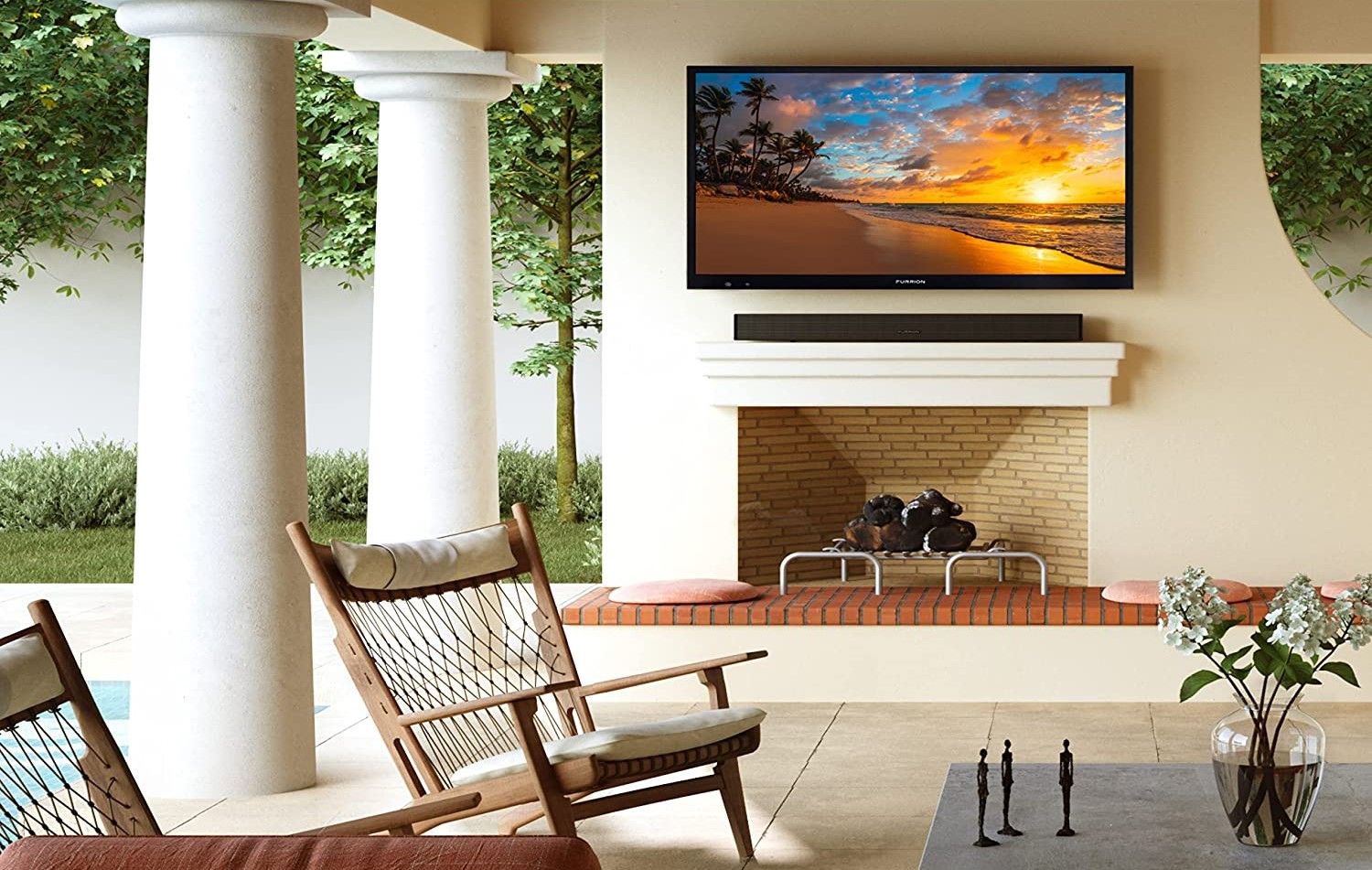
Want to enjoy movie nights under the stars or catch the big game on your patio? You're not alone! Many people are looking to bring the indoor entertainment experience outdoors. But before you drag your living room TV outside, let's explore why a non-outdoor TV specifically chosen for outdoor use might be a better (and safer) bet than you think.
This article is for first-time buyers who are curious about using standard TVs outdoors. We'll investigate the best options, weigh the pros and cons, and guide you towards a smart purchase that balances cost and performance. Our goal is to help you make an informed decision.
Why a Carefully Chosen Non-Outdoor TV Matters
Outdoor TVs are expensive. They are built to withstand harsh weather. But what if you live in a mild climate, plan to use the TV in a covered area, and are on a budget? A carefully selected non-outdoor TV can be a viable solution if done right.
It's all about understanding the risks and making smart choices. We'll cover important factors like brightness, viewing angles, protection from the elements, and overall reliability.
Top 5 Non-Outdoor TVs for Covered Outdoor Use
Here's a comparison of five popular models that are often considered for covered outdoor spaces. Remember, these are NOT designed for direct exposure to rain, sun, or extreme temperatures.
| Model | Price (USD, approx.) | Screen Size | Peak Brightness (nits) | Warranty |
|---|---|---|---|---|
| TCL 6-Series (R646) | $700 | 55-inch | 1000 | 1 Year |
| Sony X90J | $900 | 55-inch | 800 | 1 Year |
| Samsung QN90A | $1200 | 55-inch | 1300 | 1 Year |
| LG C1 OLED | $1300 | 55-inch | 800 | 1 Year |
| Hisense U8G | $650 | 55-inch | 1500 | 1 Year |
Detailed Reviews
TCL 6-Series (R646): This TV offers fantastic bang for your buck. Its impressive brightness and contrast make it suitable for shaded outdoor areas. The built-in Roku smart platform is easy to use. One downside is its viewing angles are not the best, and it is prone to reflections.
Sony X90J: Sony's X90J provides excellent picture quality with accurate colors and good motion handling. While not as bright as some other options, it's still a solid choice for covered patios. Sony's processing helps with upscaling lower-resolution content. You will get excellent viewing angles with this product.
Samsung QN90A: This is a premium TV that delivers exceptional brightness and vibrant colors. The anti-reflection screen helps minimize glare in outdoor settings. It's a pricier option but offers top-tier performance. It's an excellent choice if your budget allows.
LG C1 OLED: OLED TVs offer incredible contrast and black levels, but they aren't as bright as LED/LCD models, so keep that in mind. The viewing angles are near perfect. This is still a good choice for a covered area where reflections are minimized.
Hisense U8G: This TV provides excellent value, with high brightness and local dimming for improved contrast. Hisense has improved their image processing significantly in recent years. This TV can be a good option for those who want something affordable with decent features.
Used vs. New: Which is Right for You?
Buying a used TV can save you money. However, it comes with risks. You might not know its history or how well it's been treated.
Used (Pros): Lower price, potential for finding a higher-end model within your budget.
Used (Cons): No warranty, potential for hidden issues, shorter lifespan.
New (Pros): Full warranty, guaranteed condition, latest features.
New (Cons): Higher price, depreciation over time.
If you go the used route, thoroughly inspect the TV before buying. Look for dead pixels, screen burn-in, and any physical damage.
Reliability Ratings by Brand
TV reliability can vary by brand. Generally, Sony and Samsung are considered highly reliable. LG OLEDs are also generally reliable, though OLED technology has some inherent risks of burn-in. TCL and Hisense offer good value but may not have the same long-term reliability as the more established brands.
Keep in mind that these are just general trends. Individual experiences can vary.
Checklist: 5 Must-Check Features Before Buying
- Brightness: Look for a TV with at least 500 nits of peak brightness for shaded outdoor areas.
- Viewing Angles: IPS panels typically offer wider viewing angles than VA panels.
- Connectivity: Ensure the TV has enough HDMI ports for your devices (cable box, streaming stick, etc.).
- Smart Features: Do you prefer Roku, Android TV, or another smart platform?
- Warranty: A longer warranty provides peace of mind.
Key Takeaways
Choosing a non-outdoor TV for outdoor use requires careful consideration. Consider the environment, budget, and the specific features you need. Prioritize brightness, viewing angles, and weather protection (even if it's just a cover). A good warranty is essential, especially when considering a used TV.
Remember that no non-outdoor TV is truly weather-proof. You're accepting some risk by using them outside. Proper placement under a covered area is crucial for longevity.
Time to Upgrade Your Outdoor Entertainment!
Ready to bring the big screen outdoors? Carefully weigh your options, consider your budget, and choose the TV that best fits your needs. With a little research and planning, you can create a fantastic outdoor viewing experience without breaking the bank.
Don't forget to invest in a good quality outdoor TV cover! Also make sure the outlet that provides power to the tv is GFCI protected.

/SunBrite-Veranda-Outdoor-TV-5c317b47c9e77c0001360d90.png)


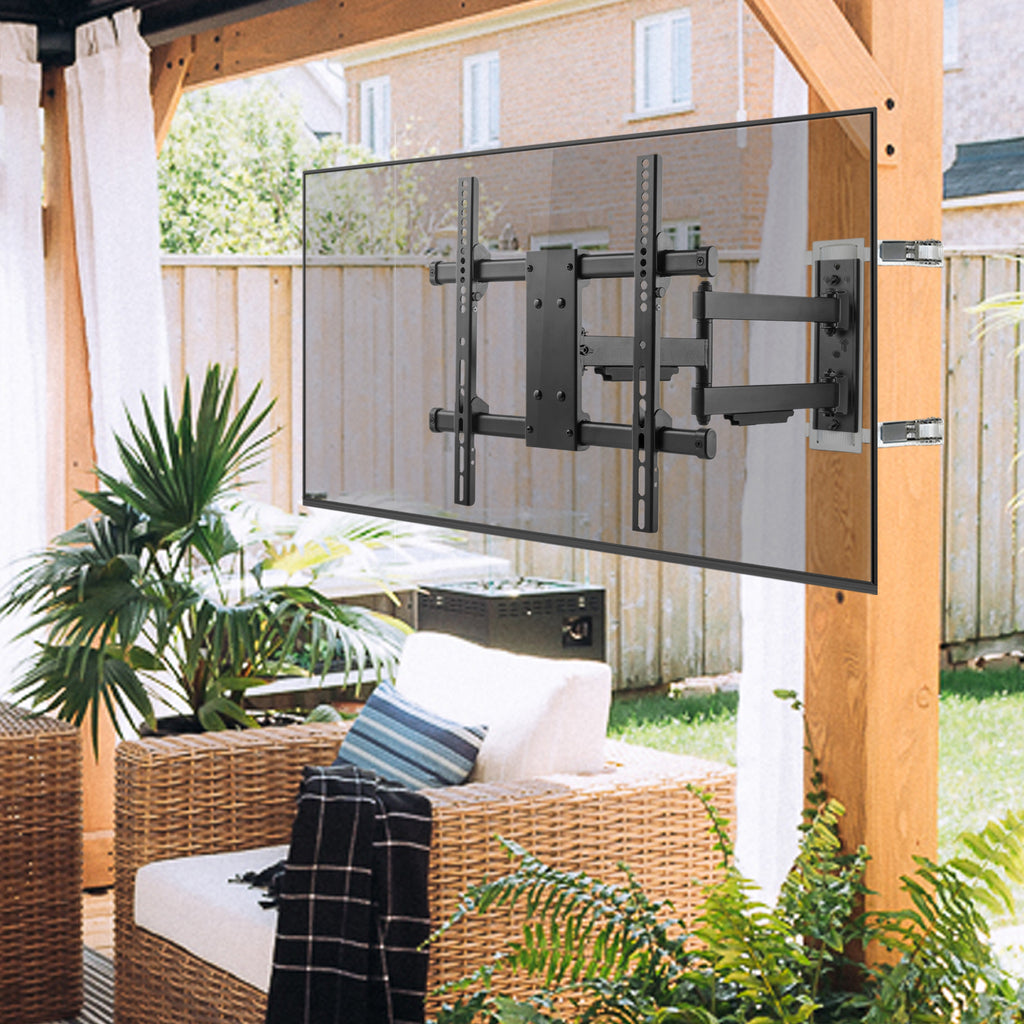
![Best Non Outdoor Tv For Outdoors How to Make an Indoor TV an Outdoor TV? [3 Practical Methods]](https://eagletvmounting.com/wp-content/uploads/elementor/thumbs/jbvg-pykuqhalgc7nl1h3aw6grdnccfrm3ymx4zqnrgymeo.png)


